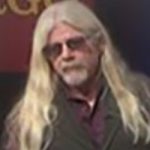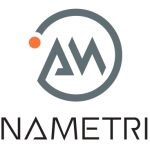Quantum News Briefs July 22: Atlantic Quantum Emerges from MIT’s Quantum Lab with $9M Seed, NSF Funds Training Program to Boost Regional Quantum Workforce, “Quantum Quest Camp” First All-Girls’ Quantum Computing Camp & MORE
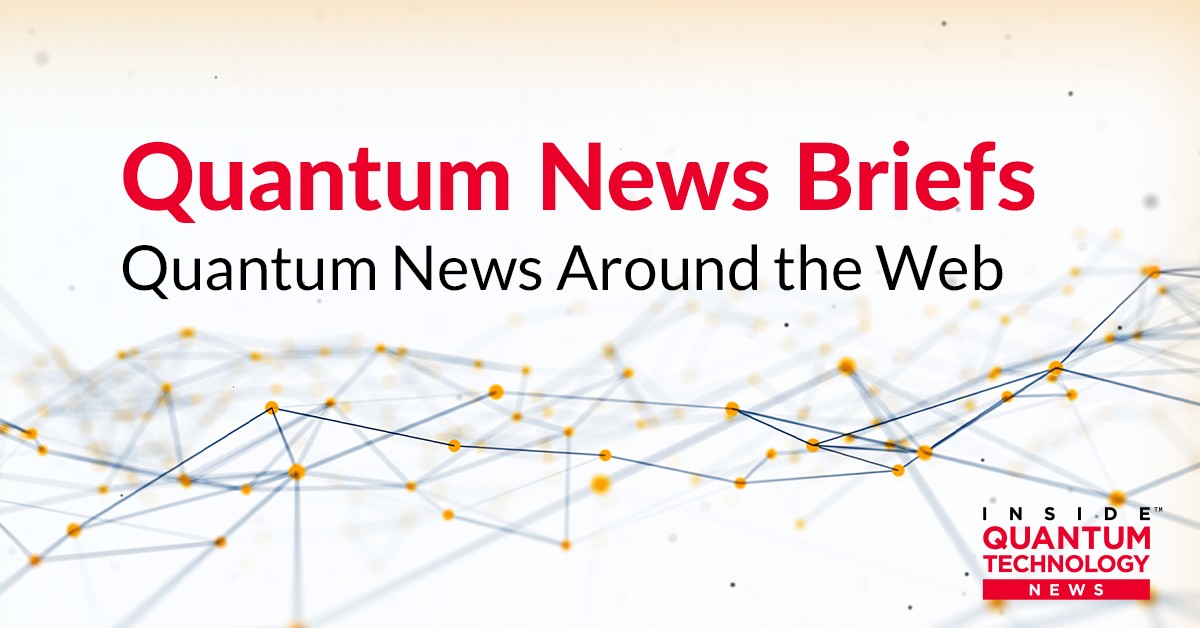
Quantum News Briefs opens today with the announcement that Atlantic Quantum has launched from MIT’s Quantum Lab with $9 Million seed. Education takes the spotlight with news of NSF Boosting funding to boost regional quantum workforce and a video of the First All-Girls Quantum Computing Summer Camp & MORE from the research side.
*****
Atlantic Quantum Emerges from MIT’s Quantum Lab with $9M Seed
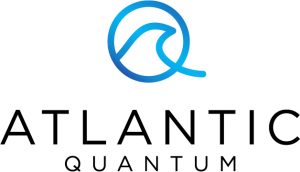 Atlantic Quantum, a developer of scalable quantum computers, today announced a $9 million seed investment led by The Engine, the venture firm spun out of MIT that invests in early-stage Tough Tech companies. Other participating investors include Thomas Tull, Glasswing Ventures, Future Labs Capital, and E14. The capital will fuel technical development and further Atlantic Quantum’s mission to develop superconducting quantum computers with the quality and size needed to tackle the world’s hardest computational challenges.
Atlantic Quantum, a developer of scalable quantum computers, today announced a $9 million seed investment led by The Engine, the venture firm spun out of MIT that invests in early-stage Tough Tech companies. Other participating investors include Thomas Tull, Glasswing Ventures, Future Labs Capital, and E14. The capital will fuel technical development and further Atlantic Quantum’s mission to develop superconducting quantum computers with the quality and size needed to tackle the world’s hardest computational challenges.
Atlantic Quantum was founded in spring 2022 by a team of scientists and researchers from one of the world’s top quantum computing labs, the Engineering Quantum Systems (EQuS) group at MIT led by Prof. William D. Oliver and Principal Research Scientist Simon Gustavsson.
“We believe fault-tolerant quantum hardware is the key to making significant progress in quantum computing,” said co-founder and CEO Bharath Kannan, PhD. “While the market is still maturing, overcoming current hardware limitations is critical – we are focused on removing today’s technical obstacles and accelerating real-world applications of quantum computing.”
The team will use new types of noise-protected qubits to improve coherence times by an order of magnitude compared to conventional approaches. This, together with extensible control schemes, allows for scaling the quantum processor to the size required for real-world applications.
*****
“Quantum Quest Camp” First All-Girls’ Quantum Computing Camp
 This week’s “Quantum Quest Camp” in Tucson, AZ is the first all-girls quantum computing course. It was open to girls 13-18 years old and 20 were in attendance. Click here to see video with attendees and instructor. Several girls in attendance are interviewed about their interest in quantum computing. Helpful hint: Be prepared to click “skip ad” to get the camp section.
This week’s “Quantum Quest Camp” in Tucson, AZ is the first all-girls quantum computing course. It was open to girls 13-18 years old and 20 were in attendance. Click here to see video with attendees and instructor. Several girls in attendance are interviewed about their interest in quantum computing. Helpful hint: Be prepared to click “skip ad” to get the camp section.
The camp was hosted by the Qubit by Qubit, University of Arizona, Girls Scouts of Southern Arizona. There were no pre-requisites and some attendees had never coded and others had already created quantum games.
NSF Funds Training Program to Boost Regional Quantum Workforce
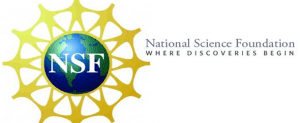 The National Science Foundation (NSF) is investing $3 million in a new graduate student training program for aspiring scientists and educators who want to explore careers in quantum science at St. Louis-area research laboratories, private companies and other facilities., vice dean of graduate education and professor of chemistry, and Kater Murch, professor of physics, both in Arts & Sciences at Washington University in St. Louis, will lead the effort to establish a convergent quantum sciences and engineering graduate training program across the St. Louis region, “Linking Quantum Sensing Technologies across Disciplines,” or LinQ-STL.
The National Science Foundation (NSF) is investing $3 million in a new graduate student training program for aspiring scientists and educators who want to explore careers in quantum science at St. Louis-area research laboratories, private companies and other facilities., vice dean of graduate education and professor of chemistry, and Kater Murch, professor of physics, both in Arts & Sciences at Washington University in St. Louis, will lead the effort to establish a convergent quantum sciences and engineering graduate training program across the St. Louis region, “Linking Quantum Sensing Technologies across Disciplines,” or LinQ-STL.
LinQ-STL will connect research efforts between Washington University, the University of Missouri-St. Louis, Saint Louis University and Harris-Stowe State University. The grant is part of NSF’s signature research traineeship program; LinQ-STL is one of two awards in Missouri in 2022 (the other program will be led by the University of Missouri-Kansas City).
*****
Quantum Error Protection Could Benefit from ‘Extra’ Time Dimension
 By shining a laser pulse sequence inspired by the Fibonacci numbers at atoms inside a quantum computer, physicists have created a remarkable, never-before-seen phase of matter. The phase has the benefits of two time dimensions despite there still being only one singular flow of time, the physicists report July 20 in Nature.
By shining a laser pulse sequence inspired by the Fibonacci numbers at atoms inside a quantum computer, physicists have created a remarkable, never-before-seen phase of matter. The phase has the benefits of two time dimensions despite there still being only one singular flow of time, the physicists report July 20 in Nature.
The workhorses of the team’s quantum computer are 10 atomic ions of an element called ytterbium. Each ion is individually held and controlled by electric fields produced by an ion trap, and can be manipulated or measured using laser pulses. Each of those atomic ions serves as what scientists dub a quantum bit, or ‘qubit.’ Whereas traditional computers quantify information in bits (each representing a 0 or a 1), the qubits used by quantum computers leverage the strangeness of quantum mechanics to store even more information. Just as Schrödinger’s cat is both dead and alive in its box, a qubit can be a 0, a 1 or a mashup — or ‘superposition’ — of both. There’s a big problem, though: just as peeking in Schrödinger’s box seals the cat’s fate, so does interacting with a qubit. And that interaction doesn’t even have to be deliberate. The challenge, therefore, is to make qubits more robust.
Though the findings demonstrate that the new phase of matter can act as long-term quantum information storage, the researchers still need to functionally integrate the phase with the computational side of quantum computing. “We have this direct, tantalizing application, but we need to find a way to hook it into the calculations,” Dumitrescu says. “That’s an open problem we’re working on.”
Dumitrescu spearheaded the study’s theoretical component with Andrew Potter of the University of British Columbia in Vancouver, Romain Vasseur of the University of Massachusetts, Amherst, and Ajesh Kumar of the University of Texas at Austin. The experiments were carried out on a quantum computer at Quantinuum in Broomfield, Colorado, by a team led by Brian Neyenhuis. NOTE: Quantum News Briefs shares a summary above; click here for complete article.
*****
Sandra K. Helsel, Ph.D. has been researching and reporting on frontier technologies since 1990. She has her Ph.D. from the University of Arizona.


















